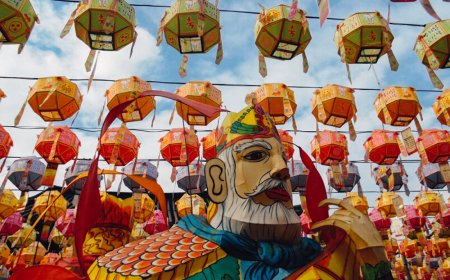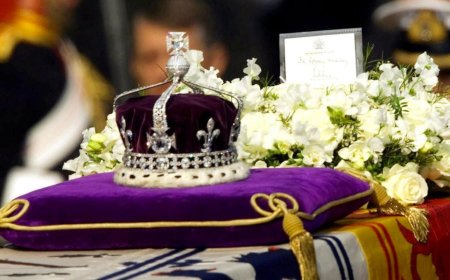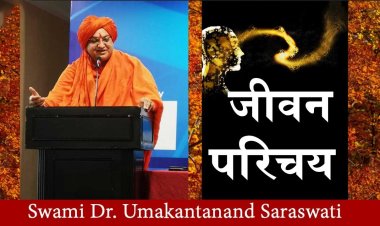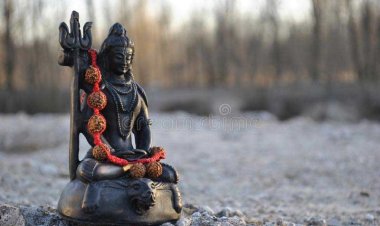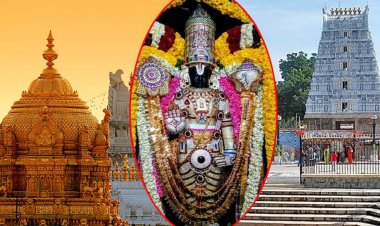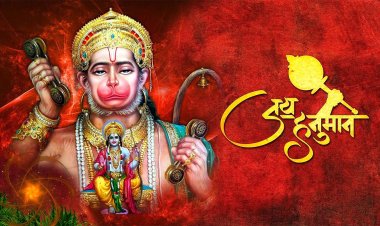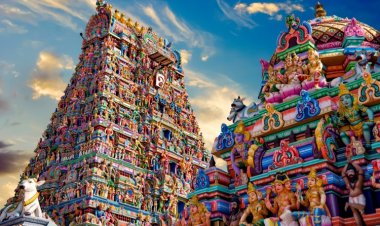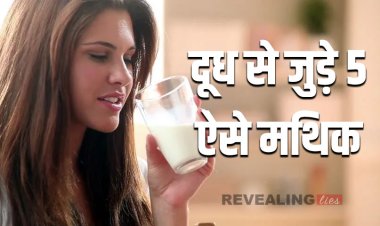Navratri honors the divine feminine side by commemorating Goddess Durga's incredible strength in annihilating Mahishasura, a monster with a buffalo head.
This commemoration, also known as Durga Puja, is observed five times a year: Chaitra Navratri, Gupta Navratri, Sharada Navratri or Maha Navratri, Paush Navratri, and Magha Navratri. There are primarily two kinds of Navratri among them. One is called Vasantha Navratri and is mostly observed in North India during the month of Chaitra in Hindu Calender and April in the Georgian calendar. Additionally, Sharan Navratri is observed in South India during the months of Ashwija in Hindu Calender and between September and October in the Georgian calendar.
Eternal blessings are invoked during these nine days for bringing everyone knowledge and the following three Shaktis
Ichcha Shakti - Willpower
Kriya Shakti - The ability to take the correct action
Jnana Shakti - Knowing what is the correct action
What is the significance of 9 nights of Navratri?
The three aspects of Shakti (the feminine force) as described in the Kalpas (Puranas) are Mahakali (strength or power), Mahalakshmi (wealth, passion, and material well-being), and Mahasaraswati. (knowledge, dissolution, transcendence of the limitations of the mortal body). They are thought to stand in for the Earth, the Sun, and the Moon in the universe.
Additionally, they represent the three gunas (virtues/qualities) of rajas (activity, desire), sattva (knowledge, purity), and tamas (inertia). The first three days are therefore devoted to Durga or Kali, the next three to Lakshmi, and the last three to Saraswati.
What is the significance behind different colors for each day of Navratri?
The day of the week that Pratipada, the first day of Navaratri, falls on holds the key to the color shift. An established cycle of colors is followed throughout the final eight days. Each shade denotes something distinct and has a varied impact on a person's life.
Significance of each Color
Royal blue: Powerful vitality and serenity
Yellow - Joy, provide confidence and optimism
Green: Symbolizes plenty and unwavering love
Grey: Demonstrate respect, links to heavenly power, and offers protection.
Orange: The color of success, notoriety, and wealth
White is a representation of power, calm, and trust.
Red - Ma Durga's favorite color, it represents power and passion.
Pink - Stands for optimism and a fresh start.
Why is it suggested to observe a fast during Navaratri?
Fasting does not imply abstaining from food. Instead, it essentially means restraining urges while concurrently nurturing optimistic mindsets. There are many other kinds of desires like want or lust, the smell of good cuisine, and listening to certain music.
Fast can consequently take many different forms. Food fasting entails limiting your appetite for foods that you would otherwise find difficult to resist.
During the first three days of Navratri, one must engage in activities that lessen the negative energy in their body.
Regular bathing is required for physical cleansing (both of the exterior body and numerous orifices); for mental purification, activities involving self-reflection and deliberate thought control are performed.
After the negativity in the mind has dwindled, the next three days are spent cultivating optimism through a variety of positive mental activities. The final three days are spent reading and analyzing proficient scriptures and learning from the sins of others.
The only thing left is to learn about spirituality once you have said goodbye to negativity in the first three days (representing Kali) and have developed happiness and positivity in your head (representing Lakshmi), the one purpose left to be fulfilled is to gain spiritual knowledge (representing Saraswati).
A person becomes sufficiently cleansed during these final three days to comprehend and grasp the knowledge of "Self," as well as to recognize and distinguish between good and evil.
Following the completion of the nine days of self-discipline, the individual experiences inner bliss, which is nothing more than an encounter or reunion with their real selves or awareness. (Rama).
What is the scientific basis for Navratri fasting?
A scientific review of fasting is available, and it supports the body's ability to carry out its three primary metabolic functions:
Detoxification: Navratri is a celebration that occurs twice a year, once at the commencement of the summer and once at the commencement of the winter. It is important to maintain a light diet and encourage the body's cells to produce antioxidants that aid in removing waste products during these two seasonal change turning points because this is the time when the human body is most vulnerable and susceptible to illness.
Being mindful: Fasting allows our digestive systems to recoup. Because there are no carbohydrates in the diet during a fast, the body uses fat as its main source of energy. Ketone bodies, a metabolic byproduct of fat, are the brain's energy source and help increase acetylcholine release from nerves, which improves concentration and reasoning skills and triggers the release of serotonin, the hormone associated with happiness.
Promotes self-discipline: Fasting allows the body and mind to work in a more optimum state, which is hard to attain in day-to-day activities without fasting. This aids in weight loss as well.
Conclusion
After reading this, we are undoubtedly enlightened about how illustrious and honorable our traditions are. It is simple to assume that each of our holidays serves as some sort of penance to a particular deity, but in reality, they all serve to improve us as individuals in an inconspicuous manner.

 Like
0
Like
0
 Dislike
0
Dislike
0
 Love
0
Love
0
 Funny
0
Funny
0
 Angry
0
Angry
0
 Sad
0
Sad
0
 Wow
0
Wow
0


















